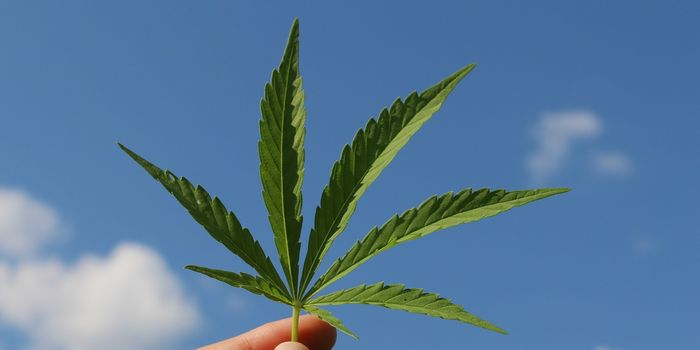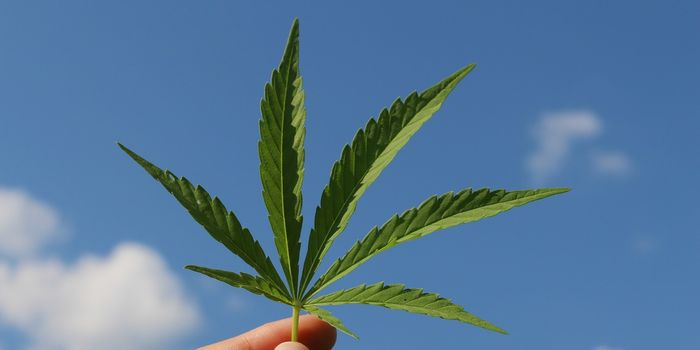Phosphorus Deficiencies Limit Plant Growth in the Amazon
One key nutrient plants need to thrive and survive is CO2, which is why plants have been a vital part of maintaining planetary balance, particularly when it comes to climate change. Excess amounts of CO2, particularly as areas of the world like the Amazon rainforest dwindle, are accumulating in our atmosphere and causing climate change.
In the past, the vast amounts of greenery in the Amazon have long played a critical role in absorbing large quantities of CO2. Due to deforestation, however, there aren’t enough trees to capture all the CO2. And increasingly, researchers have found that green growth in the rainforest has been hampered by another problem: the lack of a vital nutrient.
According to a new study published in Nature, a team of researchers at the University of Exeter and a team from Brazil’s National Institute of Amazonian show that lack of a key nutrient in soil, phosphorus, may be hampering Amazonian growth, despite there being a carbon-rich environment for plants to thrive in.
Recognizing that much of the Amazon exists on older soils (over half), researchers conducted experiments to see how adding various nutrients to old-soil, low-nutrient areas of the forest would impact growth. Because the areas where the forest grows formed millions of years ago, many of the key nutrients for plant growth have naturally disappeared over the years.
Over about two years, researchers found that phosphorus added to soil (along with a few others) was the only nutrient that led to increased growth in the studied areas. Specifically, researchers noted increases in fine root growth and positive changes to canopies. There was no discernable increase in stem growth. Researchers attributed this finding to the fact that stems may require less phosphorus than other parts of the plant.
Ultimately, researchers suggest that plants growing in these nutrient-deficient areas may be more at risk from climate change than other areas of the forests. Researchers suggest that more phosphorus fertilization could improve the ability of these forest regions to thrive amid climate change, including droughts.
Sources: Science Daily; Nature








